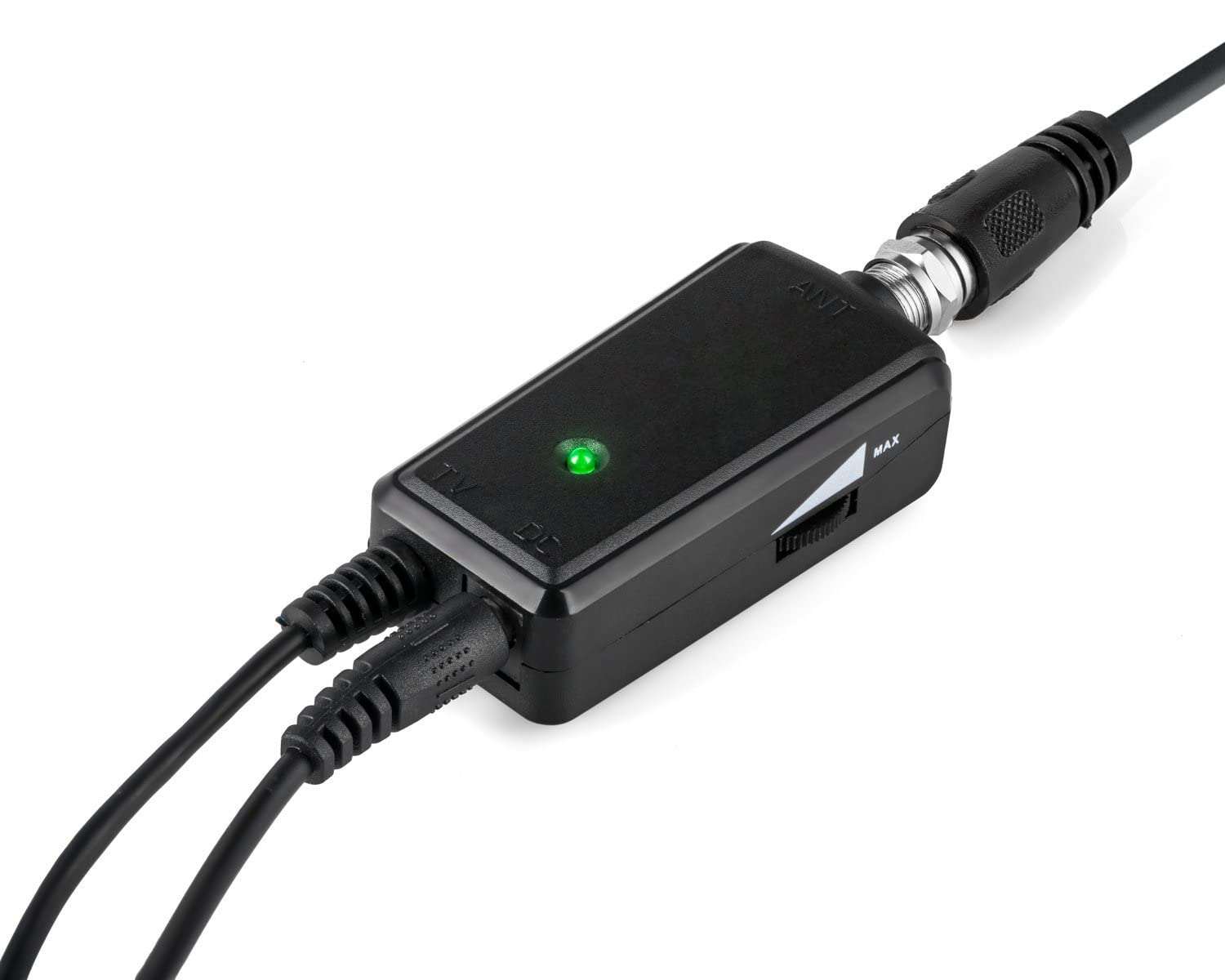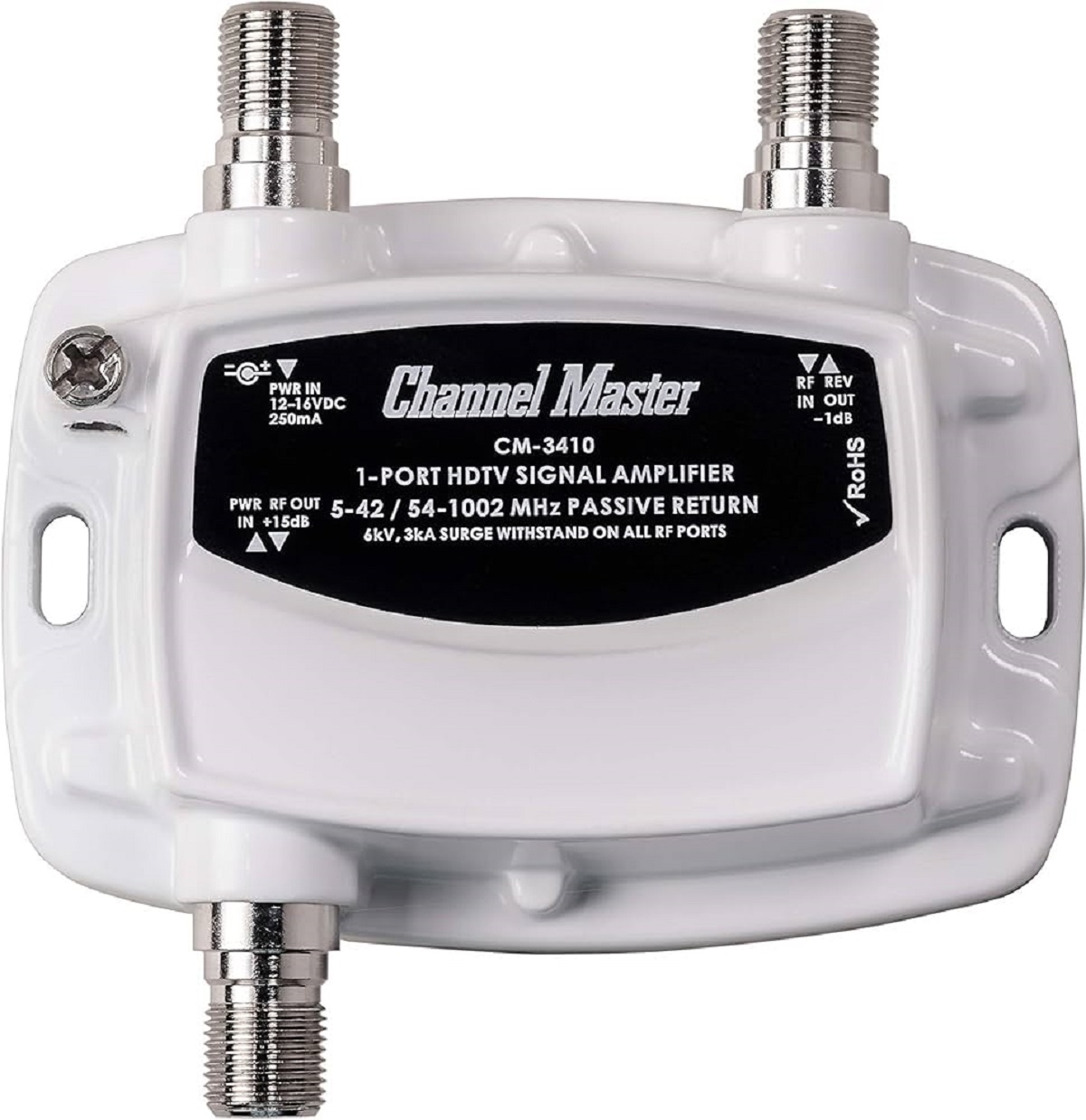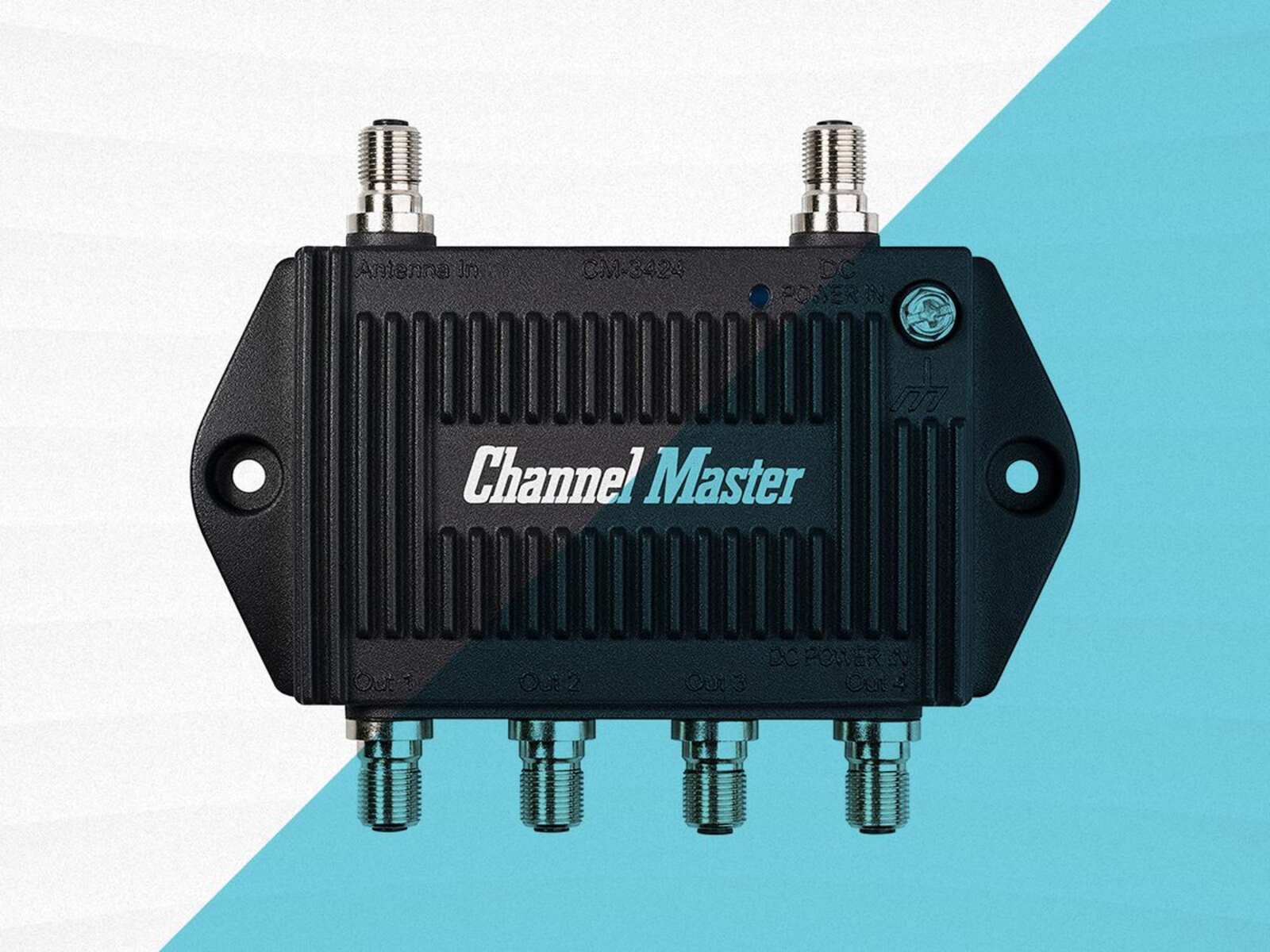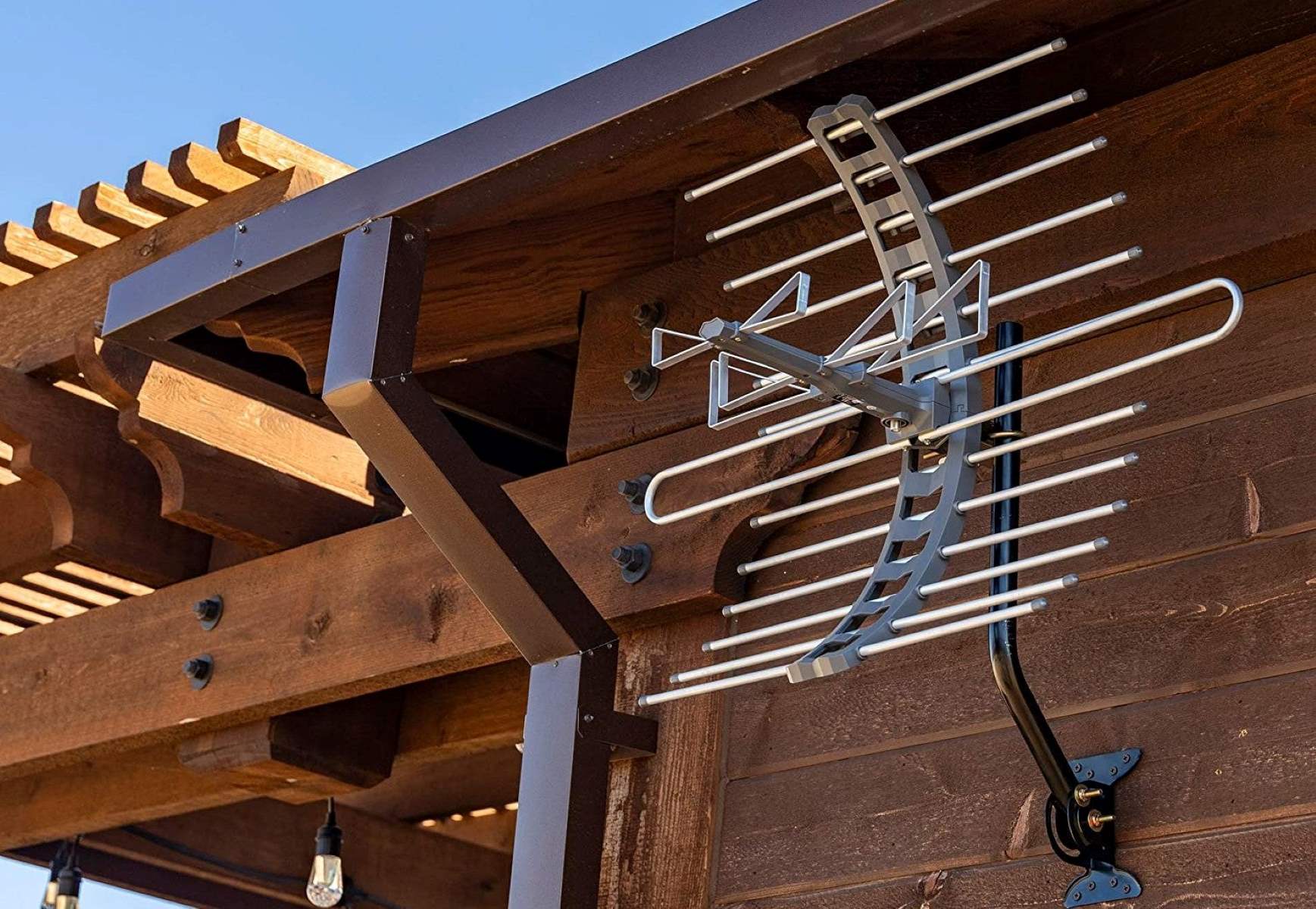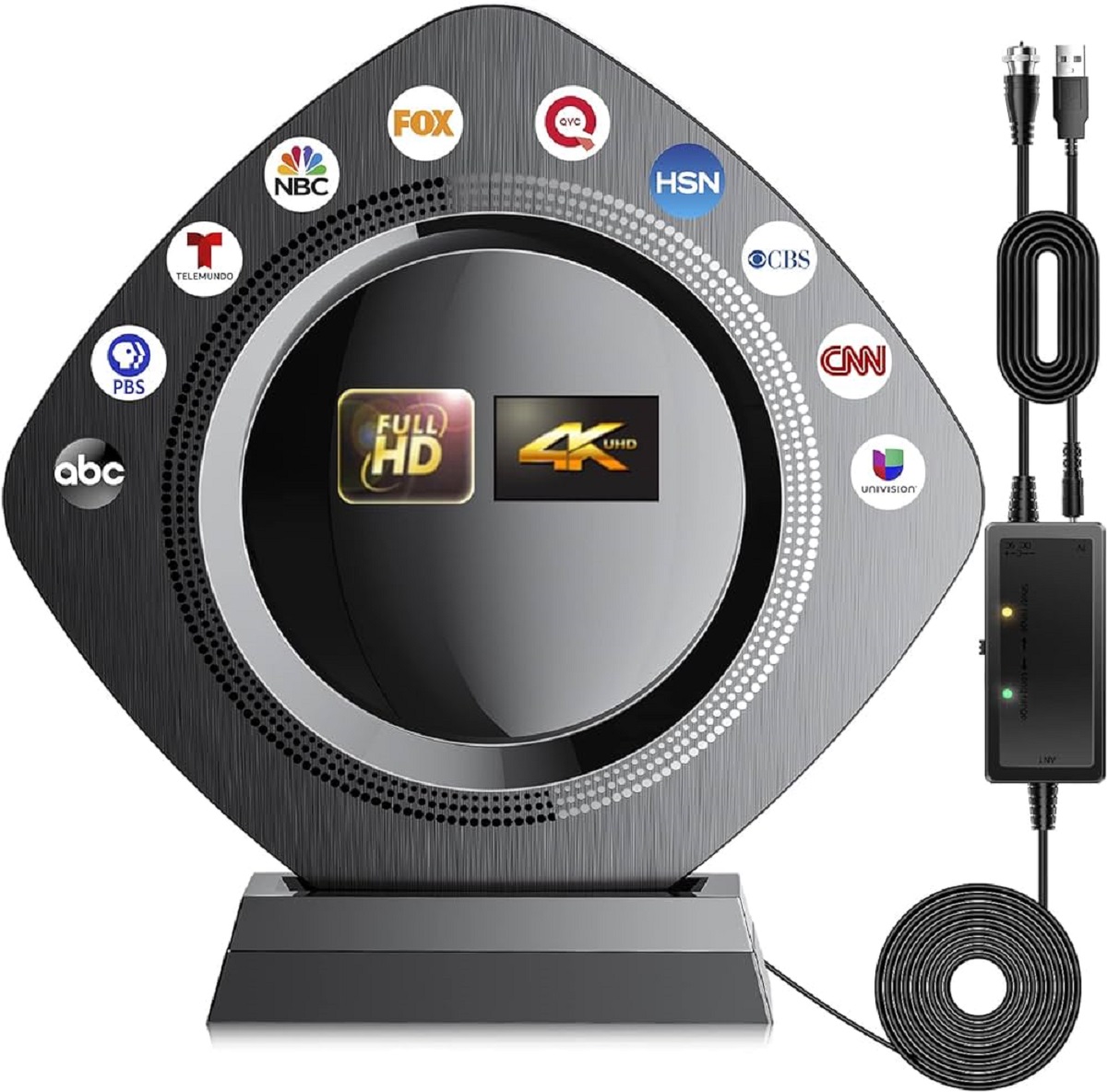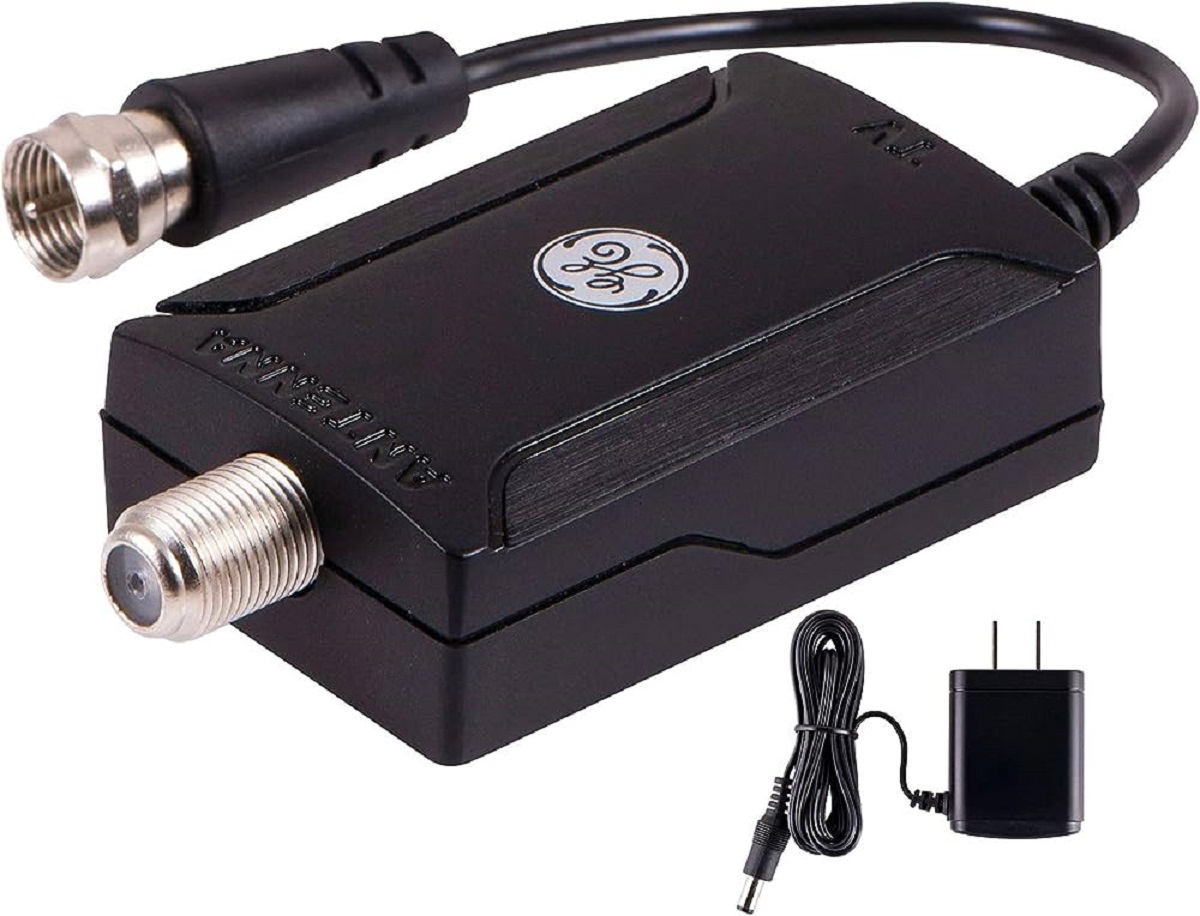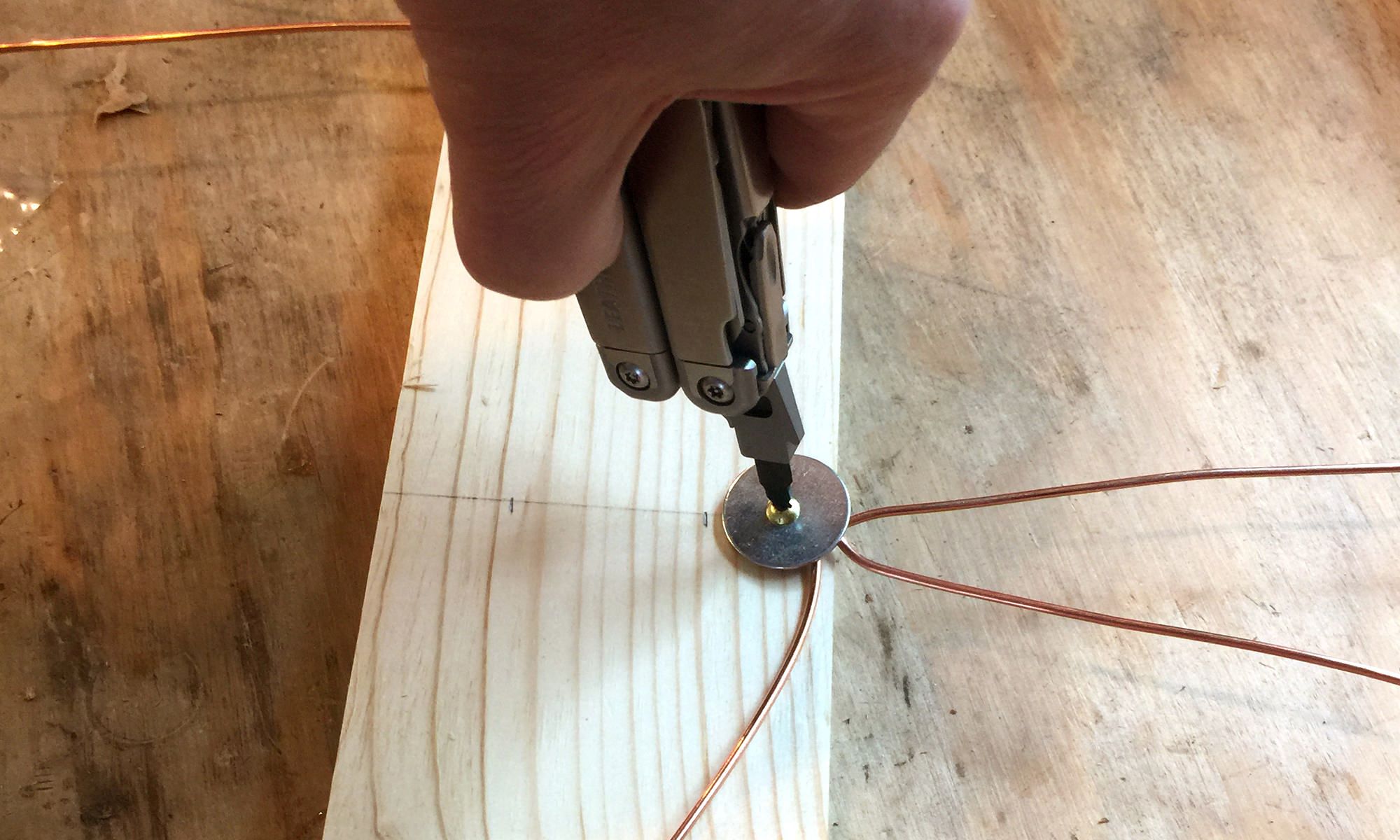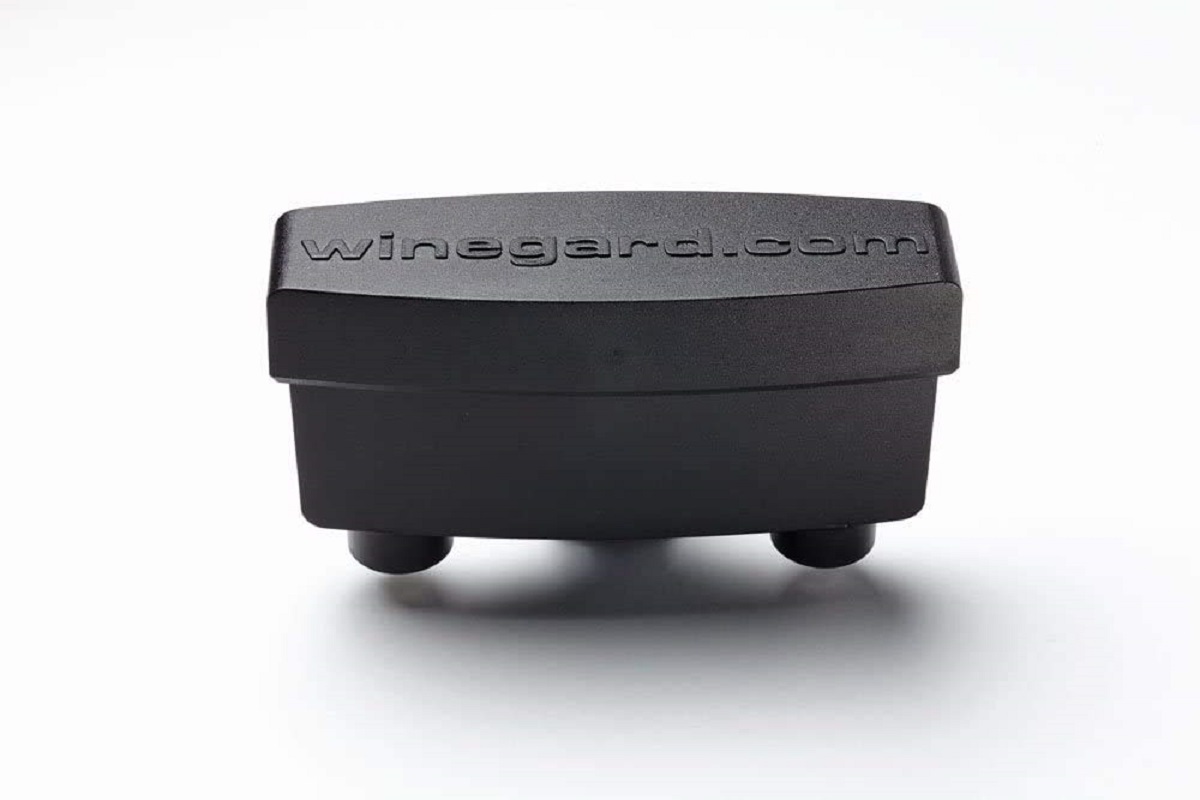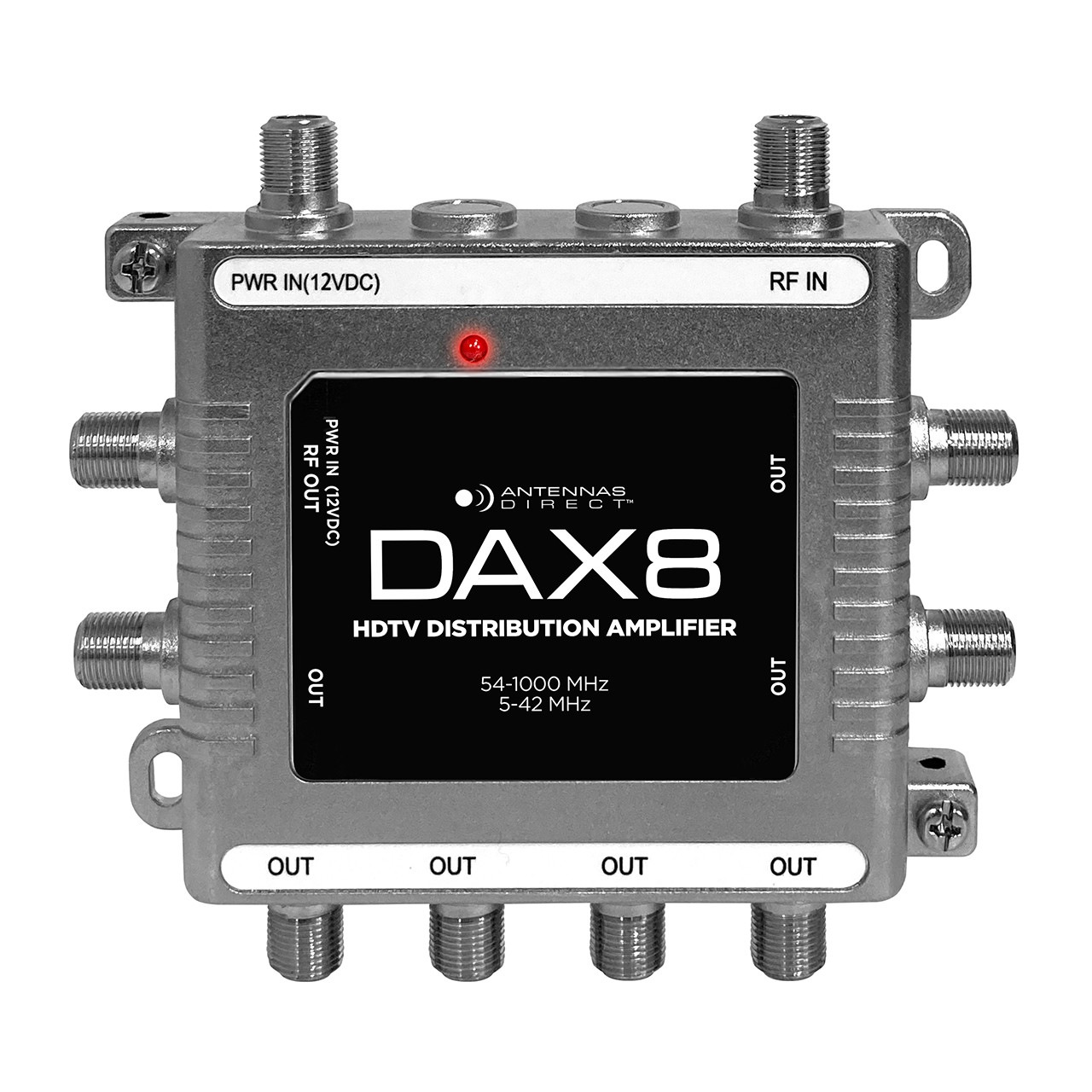Understanding TV Signal Strength
Before delving into the world of signal boosters, it’s crucial to grasp the fundamentals of TV signal strength. Essentially, TV signal strength refers to the power of the electromagnetic signals that transmit TV programs to your antenna. This strength determines the quality of the picture and sound that you receive on your television. Understanding the dynamics of TV signal strength can help you optimize your viewing experience and make informed decisions about signal boosters.
TV signal strength is measured in decibels relative to milliwatts (dBm), and it varies depending on your location and the distance from the broadcasting tower. The closer you are to the tower, the stronger the signal. Factors such as geographical barriers, atmospheric conditions, and interference from electronic devices can also impact signal strength. These factors can lead to pixelation, freezing, or complete loss of signal, resulting in a frustrating viewing experience.
Furthermore, signal strength can fluctuate throughout the day due to atmospheric changes and other environmental factors. Understanding these fluctuations can help you anticipate potential signal issues and take proactive measures to address them.
By comprehending the nuances of TV signal strength, you can gain insight into the challenges you may face in receiving a reliable and high-quality TV signal. Armed with this knowledge, you can explore solutions such as signal boosters to enhance your viewing experience.
Factors Affecting TV Signal Strength
Several factors can significantly impact the strength and quality of your TV signal. Understanding these variables is essential for identifying potential signal issues and determining the most effective solutions. Here are the key factors affecting TV signal strength:
- Distance from the Broadcasting Tower: The distance between your location and the broadcasting tower directly influences signal strength. As you move farther away from the tower, the signal weakens, potentially leading to poor reception and signal disruptions.
- Geographical Barriers: Natural geographical features such as mountains, hills, and dense foliage can obstruct the transmission of TV signals. These barriers can weaken the signal or cause it to reflect and scatter, leading to signal degradation at your antenna.
- Atmospheric Conditions: Weather conditions, including heavy rain, snow, and fog, can attenuate TV signals, reducing their strength and causing signal interference. Additionally, atmospheric changes such as temperature inversions can impact signal propagation, affecting the reception quality.
- Electronic Interference: Nearby electronic devices and appliances, such as microwave ovens, cordless phones, and Wi-Fi routers, can emit electromagnetic interference that disrupts TV signals. This interference can introduce noise and distortions, degrading the overall signal quality.
- Signal Obstructions: Physical obstructions within your home, such as thick walls, metal structures, and other electronic equipment, can impede the passage of TV signals from the antenna to your television, leading to signal attenuation and degradation.
By considering these factors, you can gain insight into the potential challenges that may affect your TV signal strength. Identifying the specific factors at play in your environment can guide you in selecting the most suitable signal booster and optimizing its performance to mitigate the impact of these variables.
Choosing the Right Signal Booster
When it comes to selecting a signal booster for your TV, several crucial considerations can help you make an informed decision. Understanding the key factors involved in choosing the right signal booster is essential for optimizing your TV signal strength. Here are the primary aspects to consider:
- Frequency Compatibility: Ensure that the signal booster you choose is compatible with the frequencies used for broadcasting TV signals in your area. Different regions may utilize varying frequency bands, so selecting a booster that aligns with your local broadcasting frequencies is vital for optimal performance.
- Gain and Coverage Area: Assess the gain, or amplification power, of the signal booster, as well as its coverage area. A higher gain can amplify weaker signals, while a larger coverage area ensures that the boosted signal reaches all the necessary devices, such as multiple TVs or a digital converter box.
- Signal Type: Consider the type of TV signal you receive, whether it’s digital or analog. Ensure that the signal booster is compatible with the specific type of signal to effectively enhance its strength and clarity.
- Installation and Setup: Evaluate the ease of installation and setup for the signal booster. Opt for a booster that comes with clear instructions and user-friendly installation processes, enabling you to set it up without extensive technical expertise.
- Additional Features: Explore additional features offered by signal boosters, such as built-in filters for reducing interference, adjustable gain controls, and compatibility with outdoor antennas. These features can enhance the overall performance and adaptability of the booster to suit your specific signal enhancement needs.
By carefully considering these factors, you can effectively narrow down your options and choose a signal booster that aligns with your unique requirements. Selecting the right signal booster sets the foundation for maximizing your TV signal strength and ensuring an enhanced viewing experience.
Installing and Setting Up Your Signal Booster
Once you’ve chosen the optimal signal booster for your TV, the next step is to ensure a seamless installation and setup process. Proper installation and setup are essential for maximizing the effectiveness of the booster and enhancing your TV signal strength. Here’s a comprehensive guide to installing and setting up your signal booster:
- Identify Ideal Placement: Determine the most suitable location for installing the signal booster. Ideally, it should be placed close to the TV antenna and power source while minimizing the length of cable runs to reduce signal loss.
- Mounting the Booster: Mount the signal booster in a secure and well-ventilated area, following the manufacturer’s guidelines. Ensure that it is positioned away from moisture, direct sunlight, and sources of heat to maintain optimal performance.
- Connecting the Components: Connect the input cable from the TV antenna to the input port of the signal booster. Then, connect the output port of the booster to the input port of your TV or digital converter box using high-quality coaxial cables.
- Powering the Booster: Provide power to the signal booster using a reliable power source. Follow the manufacturer’s instructions for connecting the power adapter and ensuring a stable power supply to the booster.
- Adjusting Gain and Settings: If your signal booster features adjustable gain controls or additional settings, carefully adjust them based on the signal strength in your area. Fine-tuning these settings can optimize the booster’s performance for the best possible signal enhancement.
- Testing the Signal: After completing the installation and setup, perform a comprehensive signal test to assess the improvements in signal strength and clarity. Verify that the boosted signal is reaching your TV without any disruptions or distortions.
By following these steps, you can ensure a smooth and effective installation of your signal booster, maximizing its potential to enhance your TV viewing experience. Additionally, referring to the manufacturer’s instructions and guidelines throughout the installation process is crucial for achieving the best results.
Troubleshooting Signal Issues
While signal boosters are designed to enhance TV signal strength, occasional issues may arise that affect the booster’s performance. Understanding how to troubleshoot these signal issues is crucial for maintaining optimal signal quality. Here are some common signal issues and their troubleshooting methods:
- Interference and Noise: If you encounter interference or noise in the boosted signal, consider adjusting the gain controls on the signal booster to minimize the impact of external interference sources. Additionally, relocating the booster to a different position can help mitigate interference from electronic devices or other signal disruptions.
- Signal Dropout: In cases where the boosted signal experiences intermittent dropouts, inspect the coaxial cables and connectors for any damage or loose connections. Replacing faulty cables and securing the connections can stabilize the signal and prevent dropouts.
- Over-Amplification: Excessive amplification from the signal booster can lead to over-amplification, causing signal distortion and reception issues. Adjust the gain settings to lower the amplification level, ensuring that the boosted signal remains clear and free from distortions.
- Weather-Related Signal Degradation: During adverse weather conditions, such as heavy rain or snow, the boosted signal may experience temporary degradation. While these issues are often beyond your control, ensuring that the signal booster and associated components are adequately protected from the elements can minimize weather-related signal disruptions.
- Antenna Alignment: Verify that the TV antenna is properly aligned to receive the best possible signal from the broadcasting tower. Adjusting the antenna’s position and orientation can optimize signal reception, complementing the efforts of the signal booster to enhance overall signal strength.
By implementing these troubleshooting methods, you can address common signal issues and maintain the effectiveness of your signal booster. Regularly monitoring the performance of the booster and promptly addressing any signal anomalies can contribute to a consistently improved TV viewing experience.







